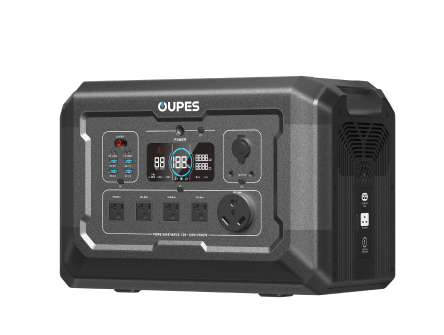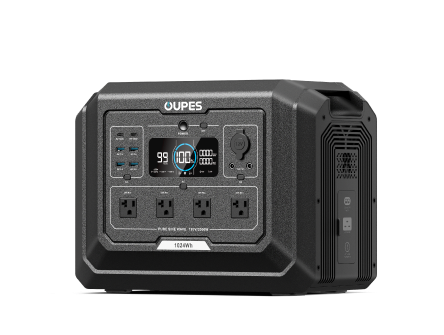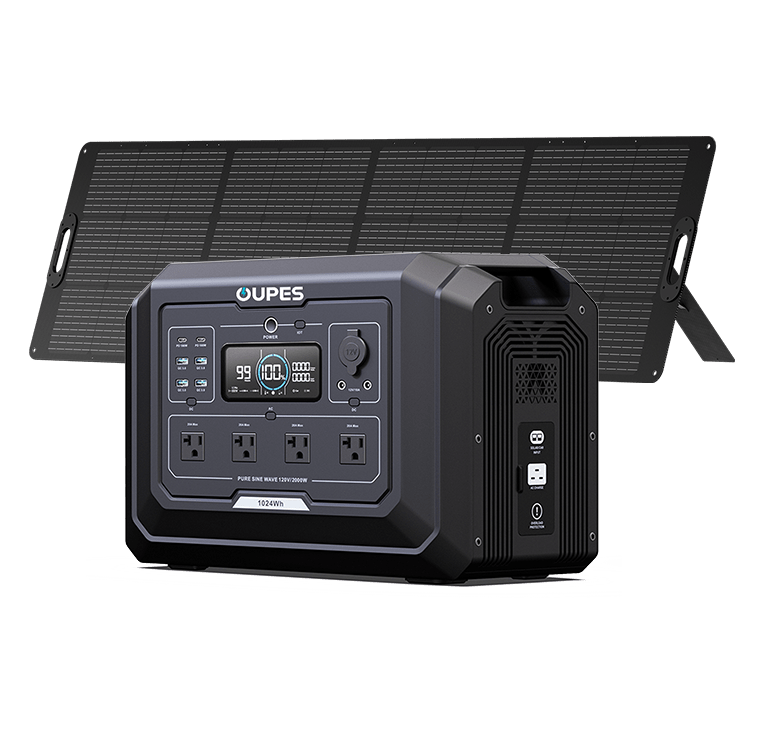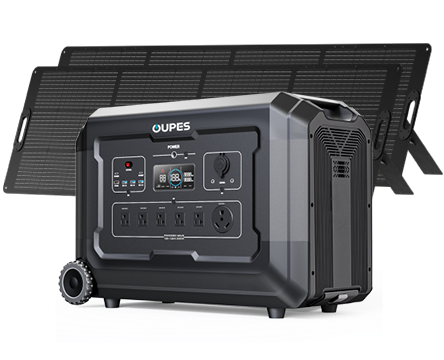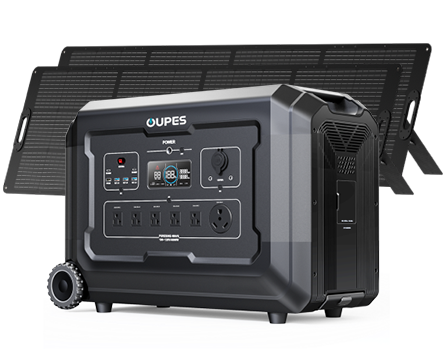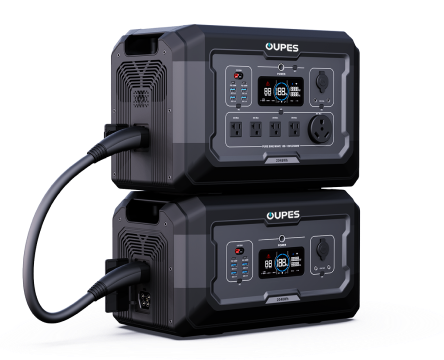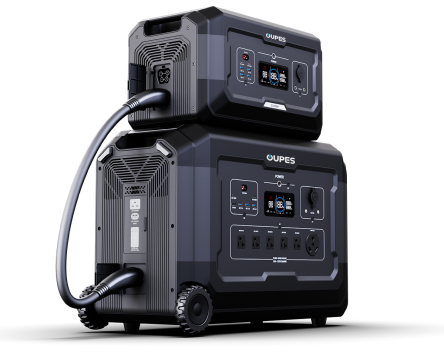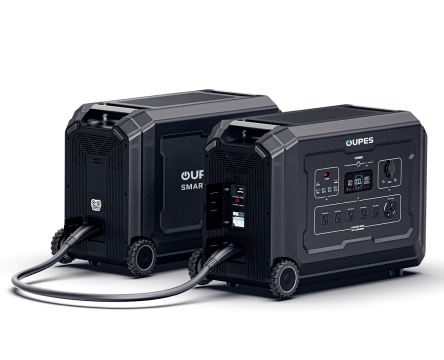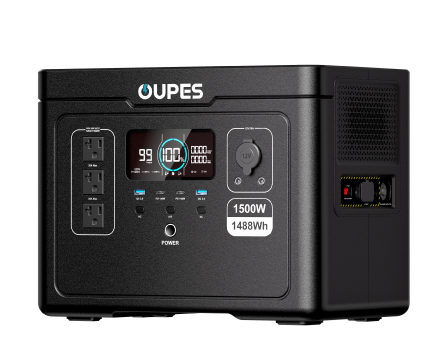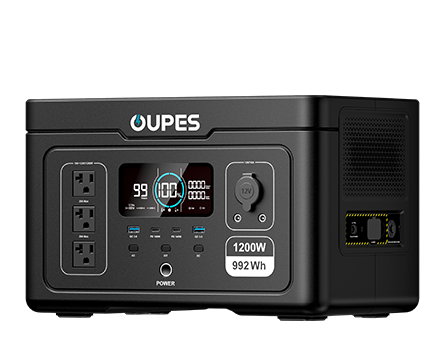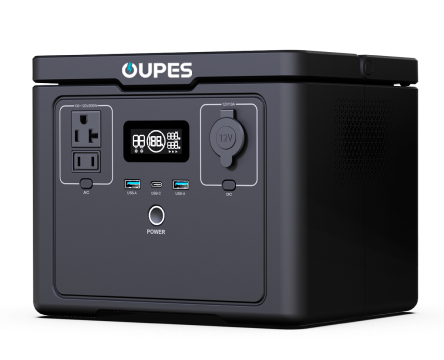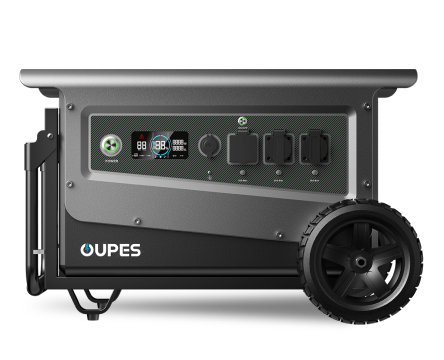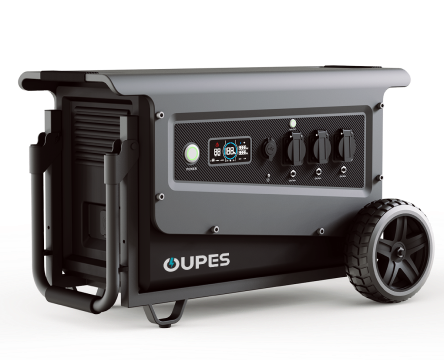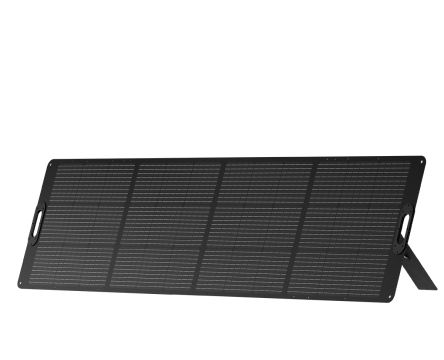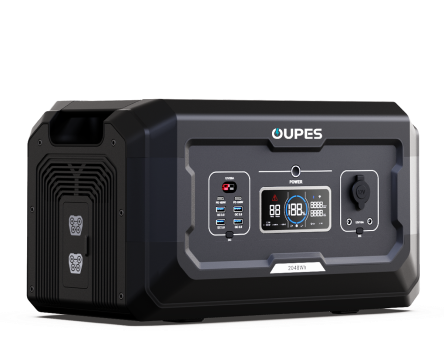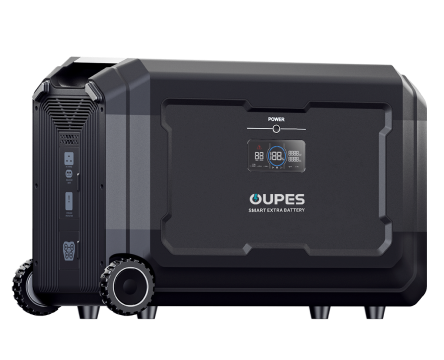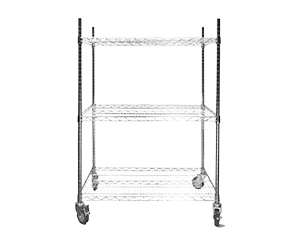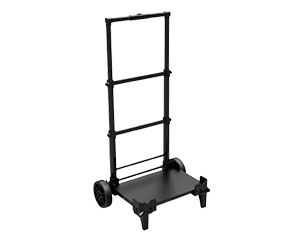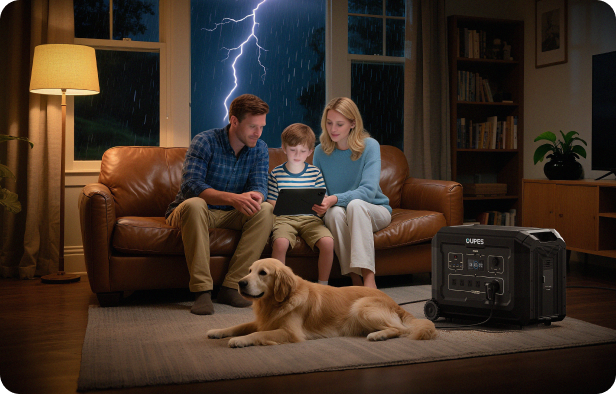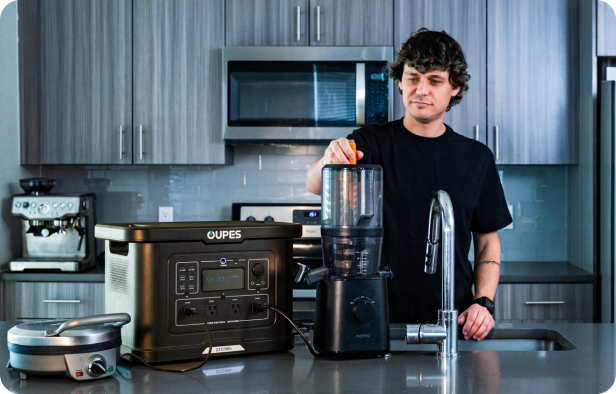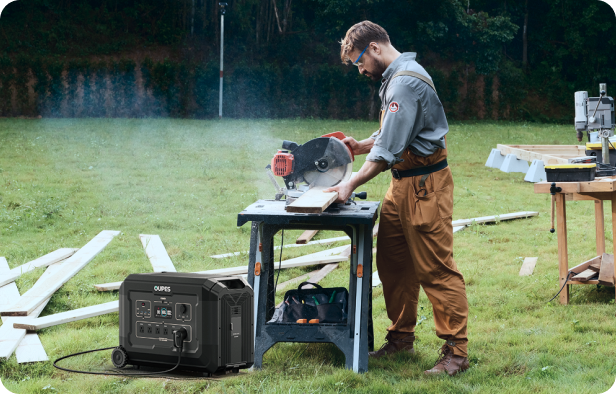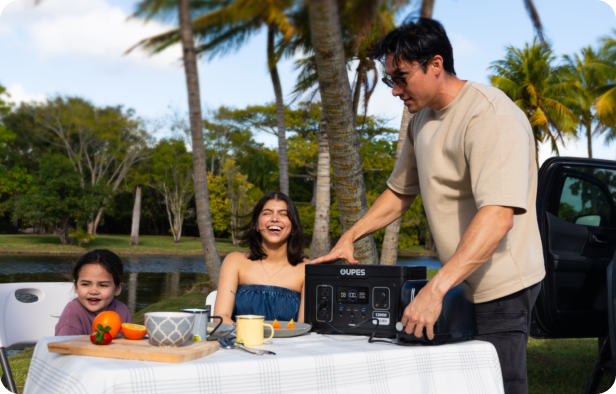
In today’s world, where energy independence and sustainability are becoming increasingly important, building your own portable solar generator is a fantastic way to ensure reliable power during outdoor activities or emergency situations. A DIY solar generator can be a practical solution for camping trips, off-grid living, and even as a backup during power outages. This guide will walk you through the essential steps to create your own portable solar generator, from selecting the right components to assembling the system.
Let’s dive in and explore how you can build a solar-powered generator that is efficient, cost-effective, and tailored to your needs. We will also show you how OUPES products, such as portable power stations, can complement your DIY solar setup for an even more reliable power solution.
Understanding the Basics of a Solar Generator
Before embarking on your DIY solar generator project, it’s important to understand the basic components that make up a solar power system. A solar generator typically consists of a solar panel, a charge controller, a battery, and an inverter. Each part serves a specific function in the process of capturing, storing, and converting solar energy for use in various applications.
Solar Panels: Solar panels capture sunlight and convert it into direct current (DC) electricity. When selecting a panel for your DIY generator, consider factors such as the wattage and efficiency. A 100W to 300W solar panel is ideal for most portable setups, but you can always scale up for greater power output.
Charge Controller: The charge controller regulates the flow of electricity from the solar panel to the battery, preventing overcharging and ensuring the battery stays in good condition.
Batteries: The battery stores the energy generated by the solar panel, allowing you to use the power when needed. Lead-acid and lithium-ion batteries are the most common types used in portable solar generators, with lithium-ion being more compact, lightweight, and long-lasting.
Inverter: An inverter converts the DC electricity stored in the battery into alternating current (AC), which is the type of electricity used by most household appliances.
Once you understand these components, you can start selecting the right ones for your DIY solar generator based on your power needs and intended usage. For instance, the OUPES Mega 1 Home Backup & Portable Power Station offers a 2000W output with a 1024Wh battery, making it a great addition to any DIY solar power system.
Gathering the Necessary Components for Your DIY Solar Generator
Now that you understand the basic components of a solar generator, the next step is to gather the materials required to build your system. Here’s a list of the essential items you’ll need:
- Solar Panel(s)
- Charge Controller
- Battery
- Inverter
- Wires and Connectors
- Power Distribution Box (optional)
- Portable Power Station (optional)
Solar Panel: Choose a solar panel that meets your energy requirements. A higher-wattage panel will generate more power, which is essential for charging larger batteries or powering bigger devices. If portability is key, consider a foldable solar panel for easy transport.
Charge Controller: A good charge controller is essential to prevent battery overcharge and ensure efficient energy transfer. MPPT (Maximum Power Point Tracking) controllers are more efficient than PWM (Pulse Width Modulation) controllers, especially for larger systems.
Battery: Select a battery that suits your energy storage needs. Lithium-ion batteries are the most efficient and compact, offering longer lifespan and faster charging times. The OUPES Mega 2 Power Station offers a powerful 2500W output with a 2048Wh battery that is perfect for more demanding setups.
Inverter: The inverter is the final link in the chain, converting DC power into AC for your devices. Be sure to choose an inverter that matches the power requirements of your appliances. For example, if you plan to power larger appliances like refrigerators, you’ll need a higher wattage inverter.
Once you have gathered all the components, it’s time to start assembling your system. You can either build the setup from scratch or simplify the process by using an all-in-one portable power station like the OUPES Titan 3 Power Station, which combines solar charging and battery storage in a compact, easy-to-use device.
Assembling Your DIY Solar Generator
Now that you have all the necessary components, it's time to start assembling your portable solar generator. While the process can vary depending on the components and design, here’s a general guide to help you through it:
Step 1: Mount the Solar Panel – The solar panel should be mounted in a position that gets maximum sunlight exposure. If you’re using a portable panel, simply place it outside, ensuring it’s angled correctly to capture sunlight. If you’re using a fixed panel, mount it on a roof or another secure surface.
Step 2: Connect the Charge Controller – Connect the solar panel to the charge controller using the appropriate cables. Make sure the connections are secure to avoid power loss or damage to the equipment.
Step 3: Connect the Battery – Next, connect the charge controller to the battery. This step is crucial as it ensures the power from the solar panel is transferred to the battery for storage. Double-check that the polarity is correct to avoid damage.
Step 4: Install the Inverter – Finally, connect the inverter to the battery. The inverter will convert the stored DC electricity into AC power, which can then be used to power your devices. Make sure your inverter is appropriately sized for the devices you intend to power.
Once everything is connected, your solar generator is ready to be tested. If everything is properly set up, the solar panel will charge the battery, and the inverter will supply power to your devices. Alternatively, for a hassle-free experience, you can consider an OUPES portable power station, which combines solar charging, storage, and power conversion in one unit, simplifying the entire process.
Advantages of Using a DIY Portable Solar Generator
Building your own solar generator offers a number of benefits, including cost savings, customization, and sustainability. Here are some of the key advantages:
Cost Savings: DIY solar generators can be much more affordable than purchasing pre-made systems, especially if you already have some of the necessary components. Building your own also allows you to choose the best value parts for your budget.
Customization: A DIY generator allows you to tailor the system to meet your specific power needs. You can choose the number and type of solar panels, battery size, and inverter capacity based on how much power you need to generate.
Sustainability: Solar energy is a renewable and clean source of power. By building your own solar generator, you contribute to reducing your carbon footprint and decreasing your reliance on fossil fuels.
Portability: Once your solar generator is built, it can be easily transported for use in outdoor activities like camping or hiking. If you prefer a ready-made, portable solution, the OUPES Exodus 600 Plus Portable Power Station is compact, reliable, and ideal for all your energy needs on the go.
Conclusion
Creating your own DIY portable solar generator is a rewarding project that provides a sustainable, cost-effective solution to powering your devices during emergencies, outdoor adventures, or off-grid living. With the right components, you can assemble a system that perfectly matches your energy needs and ensures you always have power when you need it.
While building your own generator is a great way to learn about solar energy and power systems, OUPES also offers a range of high-quality, portable power stations that simplify the process while still delivering reliable performance. Models like the OUPES Mega 3 Home Backup & Portable Power Station and OUPES Titan 5 Portable Power Station are excellent choices for anyone seeking a powerful, all-in-one solar solution.

